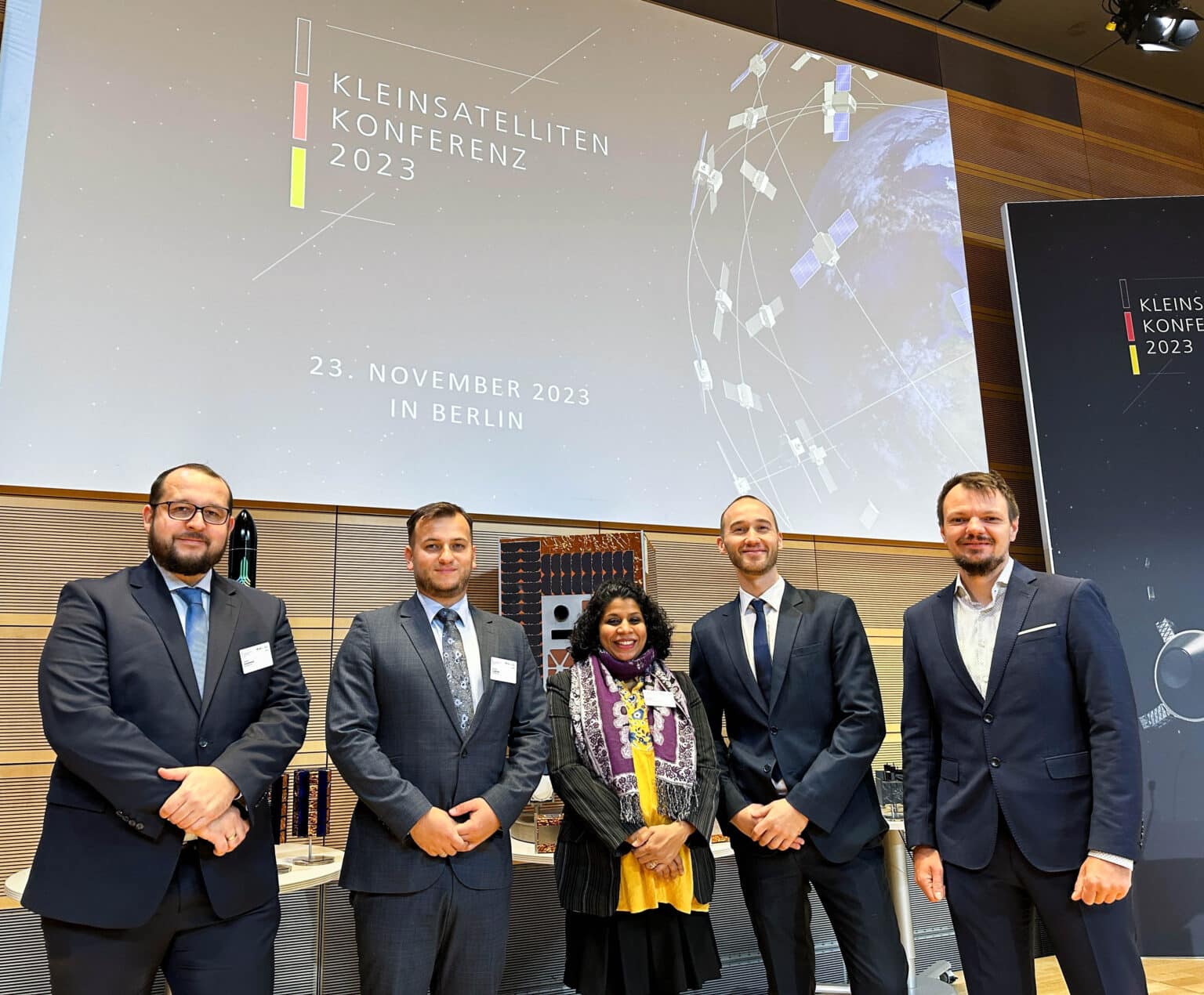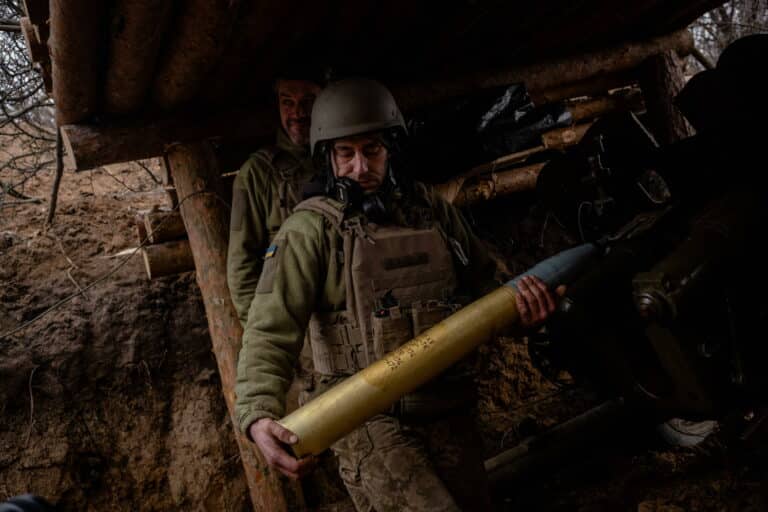Scanway and Marble Imaging link up and look to the stars
Scanway and Marble Imaging have begun collaboration to develop Europe’s first constellation of satellites providing very high resolution multispectral Earth data (VHR).
Marble Imaging, a German company that develops Earth Observation (EO) services based on data from existing constellations of VHR satellites, and Scanway, a Polish company that provides advanced optical instruments for space, have announced a strategic partnership.
The subject of the collaboration will be the joint development of a multispectral payload for the microsatellite Earth observation constellation being developed by Marble Imaging. The target constellation will include up to 200 satellites with a unit weight of about 100 kg each, to be launched in several phases over the next decade, providing cyclic global imaging at very high resolution.
Constellations, i.e. groups of satellites working together and enabling tasks not possible with a single vehicle, are the future of the space industry, primarily because of the increased imaging field, site-specific revisit times and reliability they offer. Industry reports (according to Euroconsult 2022) indicate that over 80% of small satellites will be launched on constellation missions in the next decade.
“Our strategic partnership will strengthen European cooperation in Earth observation,” said Robert Hook, CEO and co-founder of Marble Imaging, ‘We look forward to Scanway’s joint development of state-of-the-art optical and multispectral payloads for our constellation.”
The collaboration has already resulted in a win in the prestigious German ‘Kleinsatelliten Nutzlastwettbewerb’ competition organized by the German Space Agency (DLR). This prize will enable the free launch (free launch slot in the horizon until the end of 2025) of an observatory telescope to be sent into space, together with the provision of a space operation for a demonstration satellite of a future constellation. The success of the demonstration satellite mission will be a prelude to the planned construction of a constellation where Scanway could potentially provide imaging telescopes for up to 200 microsatellites, with a unit price estimated by the company to be around €1 million per imaging instrument.
Scanway will be responsible for developing and delivering the payload – that is, the Earth Observation telescopes that will operate on board the satellites to provide the best quality data. The company’s team has more than seven years’ experience in developing optical payloads.
“An exciting task for Scanway in the project will be to deliver a very high-resolution telescope with less than one meter of resolution. The company’s long-term goal is to develop solutions for constellations – this involves scaling up the manufacturing process. We are aware of this challenge, which is why from January we will have laboratory and workshop space almost 4x larger than before thanks to Scanway’s new premises, and we will be implementing further production scaling processes over the next few years,” says Mikołaj Podgórski, COO and co-founder of Scanway.
The satellites will provide global data of the Earth’s surface with a resolution (GSD) of less than 1 meter (at a planned level of about 0.7 meters) in the visible (VIS) and near-infrared (NIR) panchromatic bands, and the imaging instrument provided by Scanway will be about half the size of the telescope prepared for the EagleEye mission. Future satellites will also be equipped with payloads for Earth Observation in the infrared (SWIR) band. The resulting data and analysis will provide valuable information for many customers in the EU and around the world. Collaboration between capable European companies aims to strengthen the European EO industry.
“The development of our own European constellation is an important step towards breaking the dependence on large non-European players that currently dominate the market,” says Alexander Epp, co-founder of Marble Imaging and director of marketing and sales.
Marble’s role will be to process, analyze and transform the resulting EO data into value-added products and services.
“Our goal is to create a future where rapid and informed decision-making using timely, uninterrupted, accessible and detailed EO data is seamless,” says Gopika Suresh, co-founder and chief strategy officer.







